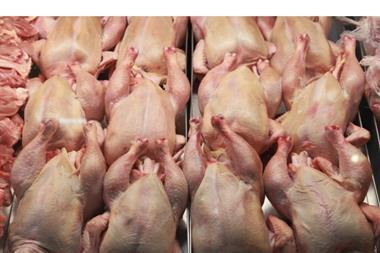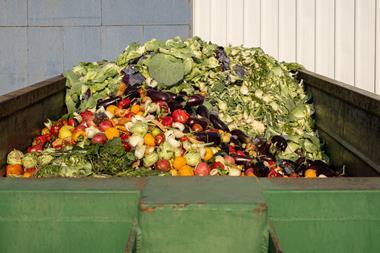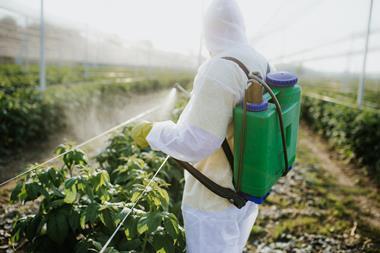The poultry industry has successfully lobbied the FSA into U-turning on plans to ‘name and shame’ companies in its campylobacter survey, but it shouldn’t rejoice. This may yet prove a Pyrrhic victory.
There was merit to the industry’s objections to the FSA’s original plans: the agency – which is currently running a year-long survey of campylobacter rates in retail chicken – had wanted to name retailers and suppliers on a quarterly basis; the industry feared data from a single quarter wouldn’t be enough to draw valid conclusions about individual companies’ performance on tackling the food poisoning bug.
It urged the FSA to wait until the full year’s results are in instead, and on Wednesday – after some heated debate at its board meeting – the regulator concurred. Quarterly results will be anonymised; the naming and shaming will wait until next year. On paper, the industry should be pleased it has been listened to. In reality, yesterday’s U-turn by the FSA board has left it looking like a playground bully intent on covering up bad practice.
The problem here isn’t that the FSA changed its mind. It’s that it had previously been so hawkish about the need to ‘name and shame’. Back in March, CEO Catherine Brown had vowed to press ahead with “steely determination” with plans to publish names on a quarter-on-quarter basis, despite concerns from industry. “We are experiencing a good level of push-back from people in industry, but we will do it anyway because we know it is in the interest of the consumer,” she said at the time.
Now, the FSA says the interest of those same consumers actually lies in not being “misled” by premature naming and shaming. “Quarterly results cannot be interpreted in a meaningful way, so breaking results down by retailer and processor at this stage could mislead consumers,” a spokesman claimed.
This is an awkward volte face, to say the least. Campylobacter is the FSA’s self-declared number-one strategic priority (to the extent that some accuse it of being downright myopic about it, to the detriment of other food safety issues). Shouldn’t it have realised that quarterly results “cannot be interpreted in a meaningful way” months ago, before it went out guns blazing in the way Brown did in March?
That The Guardian published a major piece on campylobacter and hygiene breaches in the poultry industry just hours after the FSA board decided against ‘naming and shaming’ further complicates matters. Never mind that hygiene breaches (no matter how serious and worthy of thorough investigation) do not necessarily lead to problems with campylobacter – such nuance inevitably gets lost. Instead, many consumers will be left with the impression that here’s an industry with a problem it doesn’t want to face up to, and a weak regulator helping it avoid scrutiny.
Already, industry sources – including some who lobbied against quarterly publication – suggest it would have been better for the FSA to press ahead with its original plans, no matter what the fallout. “At least that way, we could have taken it as an opportunity to educate the public more about what we’re doing,” said one. “Now it’ll just perpetuate some of the myths around the subject.”
That would be a shame. The FSA has made important progress in putting campylobacter on the radar of senior industry figures in recent months, and there is significant investment into research and new hygiene measures happening across the sector. Neither retailers and suppliers – nor indeed the FSA itself – deserve to be seen as lacking commitment in the fight against campylobacter.
Unfortunately, the upshot of this week’s events is that they will all have to work even harder to prove that point.















No comments yet